Wildlife photography from the ground up
Wildlife photographer David Yarrow gets uncomfortably close to his quarry.
• August 2017 issue
David Yarrow is perspiring. It’s another sweltering 90-plus degree day in Kenya’s Amboseli National Park and the arid climate is sapping his energy and his patience. The park’s name means “place of dust” and it comprises 150-square miles of flat, largely featureless land on the border of Kenya and Tanzania. Yarrow has come with the hope of photographing lions and perhaps elephants, as he has done many times before. However, during his several days here, wildlife sightings have been sparse.
The London-based photographer has repeatedly returned to the park because unlike other African destinations such as Serengeti and Mara national parks, Amboseli is not swamped with tourists—or other photographers.
Yarrow likes to work alone. And while many visitors are kept away by what he has called the park’s “elemental starkness,” it appeals to him. He describes himself as a singular man. “I like the fact that Amboseli is not on most safari maps; with popularity comes crowds and a loss of serenity,” he’s written.
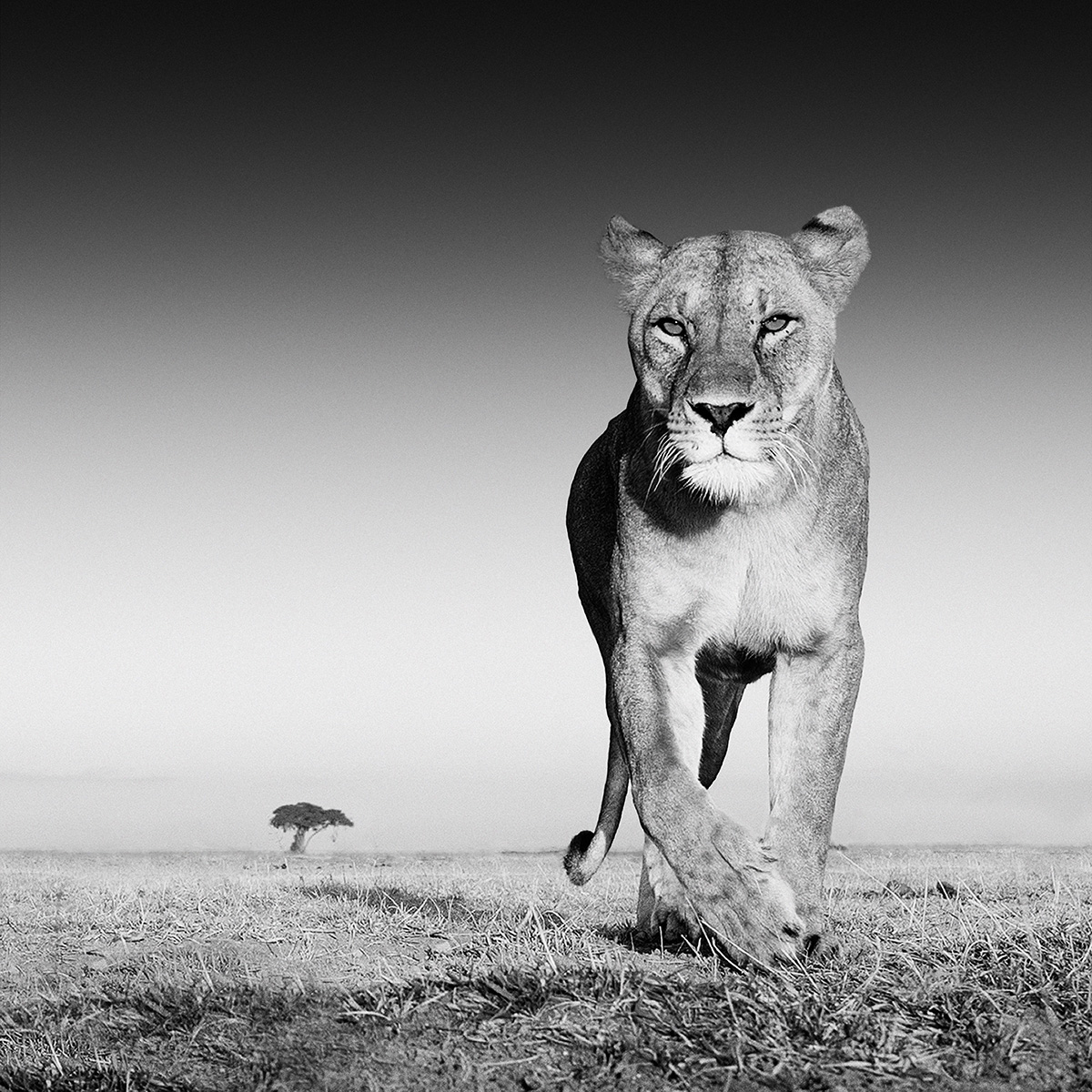
Another reason Yarrow is here: The park’s flat topography suits the from-the-ground and up-close style he’s been perfecting over the past several years. Instead of settling for a telephoto lens and photographing wildlife from a football field away, Yarrow has produced his compelling portfolio of frame filling wildlife images by shooting while lying flat on the ground or, more commonly, using strategically placed remote-controlled cameras.
“You can’t get into a person’s character with a telephoto lens,” he’s explained. “Why should you expect to get into the character of an animal? I follow Robert Capa’s view that ‘If your pictures aren’t good enough, you’re not close enough.’”
Patience has finally paid off today. With the help of a local guide he’s worked with over the years, Yarrow has spotted a pride of lions. He positioned his remote-controlled 35mm Nikon that’s encased in a custom-made heavy metal box (to protect it from being mauled) on the ground, hoping a lion will approach it. After much trial and error, using meat, animal droppings, and other scents, Yarrow has learned to cover the steel box with Old Spice aftershave, which the Maasai men wear and lions are therefore attracted to.
As Yarrow watches from inside a four-wheel drive Jeep some 150 feet away, a lioness approaches his ground-level camera. “Steady ... steady,” Yarrow whispers to himself, hoping against hope that he’ll be able to get the shot he has come for. The lioness heads straight for the camera. Yarrow knows he has one chance for the shot: The sound of the motor drive will likely send her running. Holding his breath, he fires off his remote and crosses his fingers. He is thrilled and exhausted.
Amazingly, the lioness picks up the 30-pound metal box in her powerful jaws and carries it—with the camera inside—into the scrub. It will be several hours before a very flustered Yarrow recovers the camera. Happily, its memory card is intact. The lioness portrait, which Yarrow titled “The Prize,” will become one of his best-selling prints.
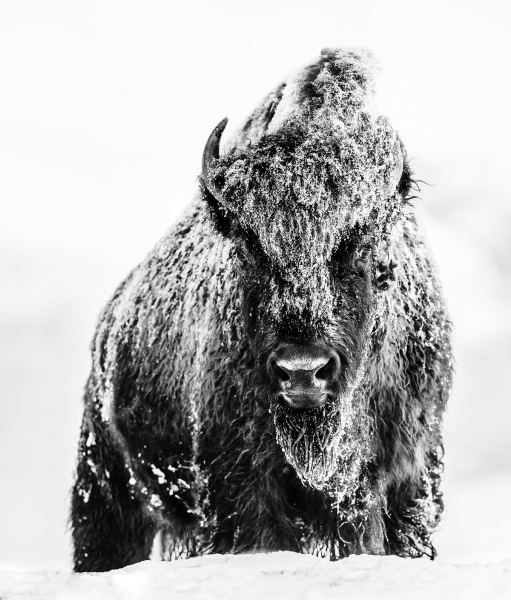
The Prize
“The Prize” is among the black-and-white images that have put the 51-year-old Scotland-born photographer in the ranks of the world’s best-selling fine art photographers. He’s represented by prestigious galleries around the world, had scores of one-man shows, and published several books of his work. His limited-edition prints are in demand from international buyers, who pay as much as $50,000 for each one.
His most recent book, “Wild Encounters” was named the best art and photography book of 2016 by Amazon and its first edition quickly sold out. Sierra Magazine called it “a triumph of conservation photography.” The African conservation charity Tusk has noted, “David Yarrow has built an unrivaled reputation for capturing the beauty of the planet’s remote landscapes, cultures, and endangered animals,” while its patron Britain’s Prince William, the Duke of Cambridge, has praised “his enviable talent as a photographer [and] his passion for recording the wonders of our natural world.”
Yarrow’s success is all the more remarkable because he turned to photography full time just several years ago, after a highly lucrative career as a manager of an award-winning, London-based hedge fund. For decades he led what he now describes as “my double life,” working in high finance and traveling as often as he could get away to exotic corners of the world to take pictures. It was one such photographic excursion to South Africa that helped him make the jump from full-time financier to full-time photographer.
“I spent nearly 29 hours over more than a week lying in the bottom of a boat off Cape Town hoping to get a shot of a shark feeding on a seal in False Bay,” remembers Yarrow. “I was very specific about what I wanted. It had to be sharp; it had to be perfectly composed. On the ninth morning I finally got a pin-sharp shot that still thrills me.”
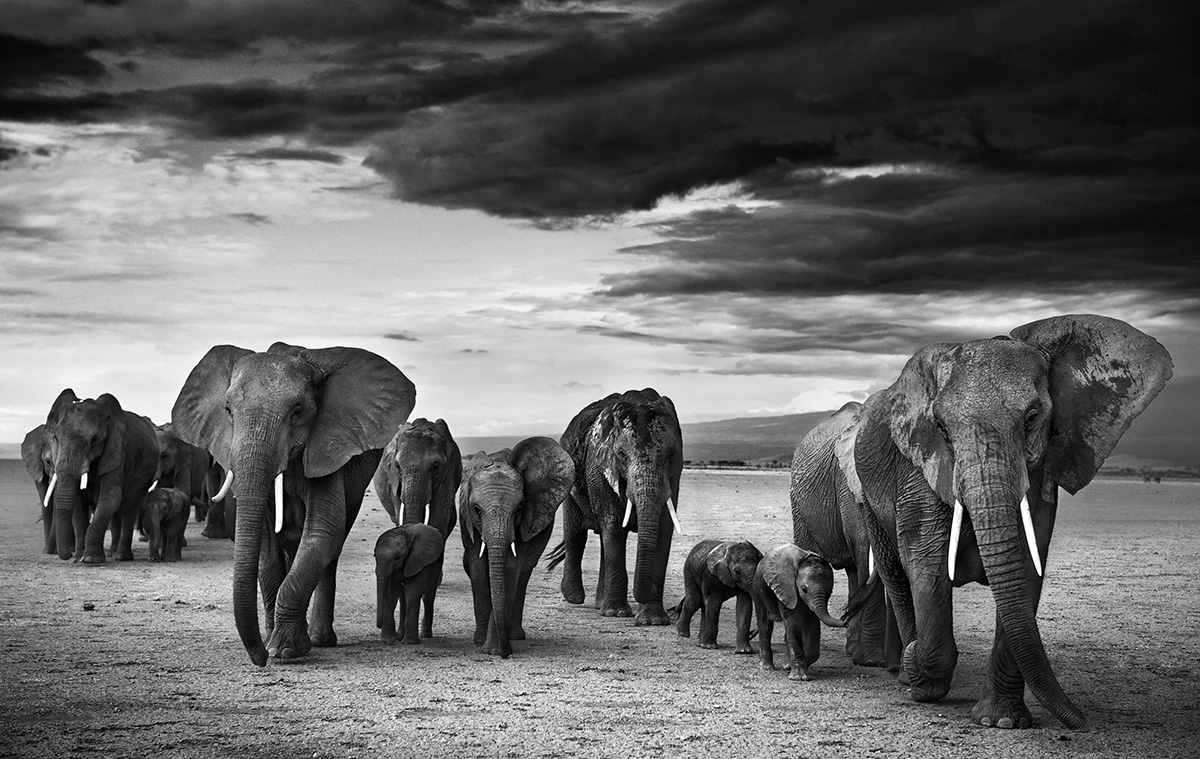
The drop
The dramatic photograph of the shark leaping out of the water to nab a seal was published widely, but Yarrow was dismayed when he realized the money he made from the publications wouldn’t even cover his expenses.
“Then I got a call from a Texas-based lawyer who had seen my picture,” he remembers. “He told me his nickname was Jaws and he wanted to buy a print of the shark picture for his office to intimidate his clients. I didn’t know what to charge him so I picked a number out of the air. When I told him I wanted $6,000, he said, ‘I’ll take three.’”
As Yarrow remembers, “The penny had dropped; this was my turning point.” He realized it could be possible to make a living—a lucrative one—from photography if he applied the same business principles that had made him a success in the world of high finance. He wrote a paper, a business plan of sorts, “The Smart Way to Monetize Strong Photography” that analyzed the business models of successful fine art photographers such as Nick Brandt. He has never looked back.
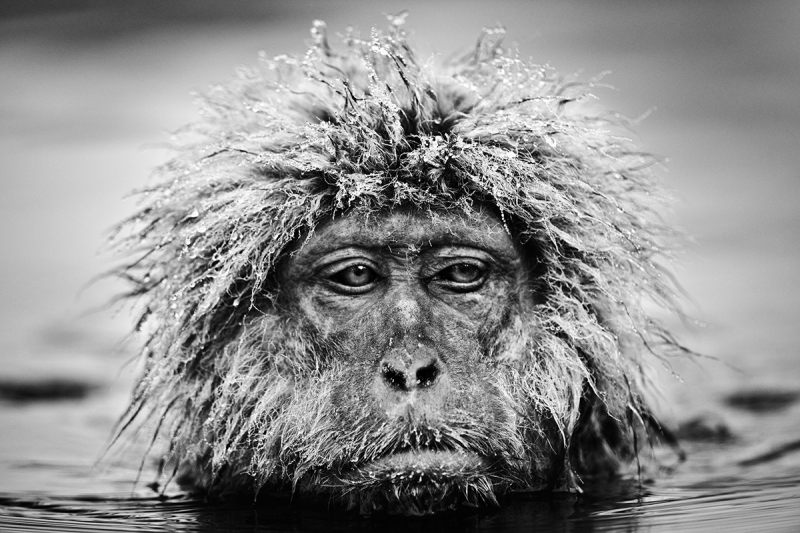
Among his ideas: Develop a brand. Keep away from banal or mundane subjects. As he explains, “We are all overloaded with content; the threshold of what is interesting is very, very high.” Stress quality over quantity and be selective; three or four great, saleable pictures a year are enough. “Don’t expect to produce a great picture every time you go somewhere,” he says. “It’s important to learn that it’s sometimes OK to come back with nothing.”
Limit sizes and editions. Be unique; shoot up close and from angles other photographers don’t. Photograph subjects that people would want to live with. “You can get a dramatic shot of a lion killing its prey or a Komodo dragon feeding, but how many people want that on their wall?” he explains. Shoot in color but print in black-and-white. “Monochrome prints have a timelessness that can be both evocative and visceral,” he says. “They also blend in with almost any decor.”
“Who says being a photographer and a businessman have to be mutually exclusive? I think that starving artist idea is incredibly arrogant and self-defeating. Artists need to understand business.”
Says Palm Beach gallery owner Holden Luntz, “Just as he did in business, David has developed a game plan and a strategy that, coupled with his incredible eye, have made him a success.”
As he did when he was a hedge fund manager, Yarrow puts countless hours into research. Before he travels anywhere he scours the internet, learning as much as he can about conditions in places he hopes to visit. “I also spend a lot of time looking at the pictures other photographers have taken and work out how I might shoot them differently,” he says.
That diligence paid off when he traveled to war-torn South Sudan in the hopes of photographing a remote Dinka cattle camp. “I had the idea of taking a photograph that would convey the raw enormity, the Biblicality, of the region,” remembers Yarrow. Because he knew the land was flat and a ground-level shot would not convey the vastness of the scene, he brought a ladder with him. That made all the difference. His moody, majestic photo of the vast, smoke-filled cattle camp, “Mankind,” has become his best-known and best-selling photograph, with print sales of over $1.5 million. Yarrow is his own harshest critic but he will admit, “That time I came back with the goods!”
RELATED: See a gallery of of David Yarrow's images.
Robert Kiener is a writer in Vermont.

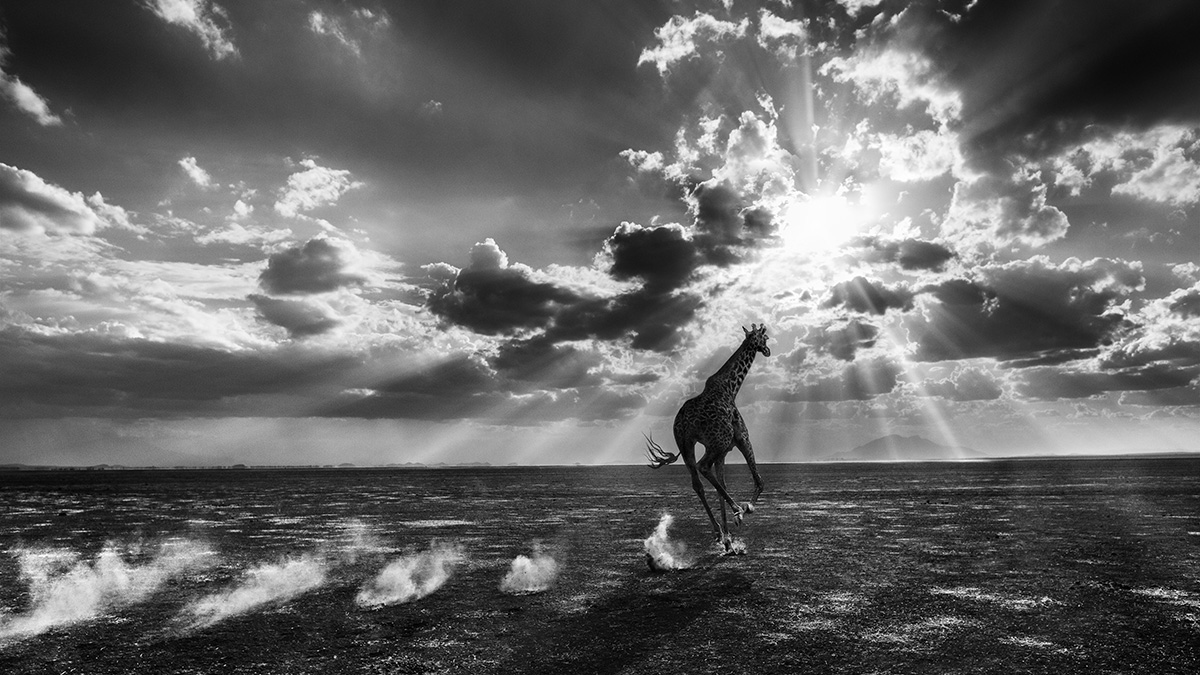
 View Gallery
View Gallery

